2023 Global Public Transport Summit highlights electric buses
In urban transportation, electric buses are no longer a rarity. The Global Public Transport Summit (GPTS), the meeting of the international public transport scene, is expected to boost the industry further because there has never been so much “E” before.
There were rows of new electric city buses, new services, new charging solutions, and promises of premieres in electrifying longer routes. We summarise the highlights from Barcelona.
***
At the Global Public Transport Summit (GPTS) organized by the UITP association, everything and everyone with a reputation in the European and international public transportation industry gathered this week. It was the show’s 64th edition, and the Spanish city served as the venue for the third time.
Manufacturer MAN used the spotlight to make a groundbreaking statement, announcing that it will no longer invest in Euro-7 technologies and that from 2030, it will only offer emission-free buses in its portfolio for cities and municipalities. In addition, MAN presented its latest electric model: the Lion’s City 10 E. With this slightly shorter bus, the company completes its fully electric Lion’s City E bus range, which now consists of variants measuring 10.5, 12.2, and 18.1 meters in length. The “new” bus has been produced since the beginning of 2023 at MAN’s city bus plant in Starachowice, Poland. While the midibus is based on many aspects of its 12-meter equivalent, its maximum energy capacity is slightly lower at 400 kWh. MAN states a full range of 300 kilometres for the Lion’s City 10 E.
Another noteworthy moment at the summit was provided by German manufacturer Daimler Buses. The company took advantage of the attention to announce the establishment of a new charging infrastructure subsidiary, Daimler Buses Solutions GmbH, specifically for the European bus industry. The freshly unveiled eCitaro FC attracted attention at their booth. This is a new variant of the eCitaro with a fuel cell as a range extender. The solo bus has a capacity of up to 294 kWh and a 60 kW fuel cell, providing a range of up to 400 kilometres. The articulated bus has a capacity of up to 392 kWh with the same fuel cell and a range of up to 350 kilometres. The 18-meter variant has made its market debut with the premiere at the trade fair.
Among the premieres was also the work of the new manufacturer alliance BYD-Castrosua. According to the two partners, the 12-meter city bus model showcased in Barcelona has a battery capacity of 422 kWh, providing a range of over 450 kilometres. The model is based on an electric bus chassis by BYD, which the Chinese manufacturer introduced last autumn at the IAA Transportation in Hanover.
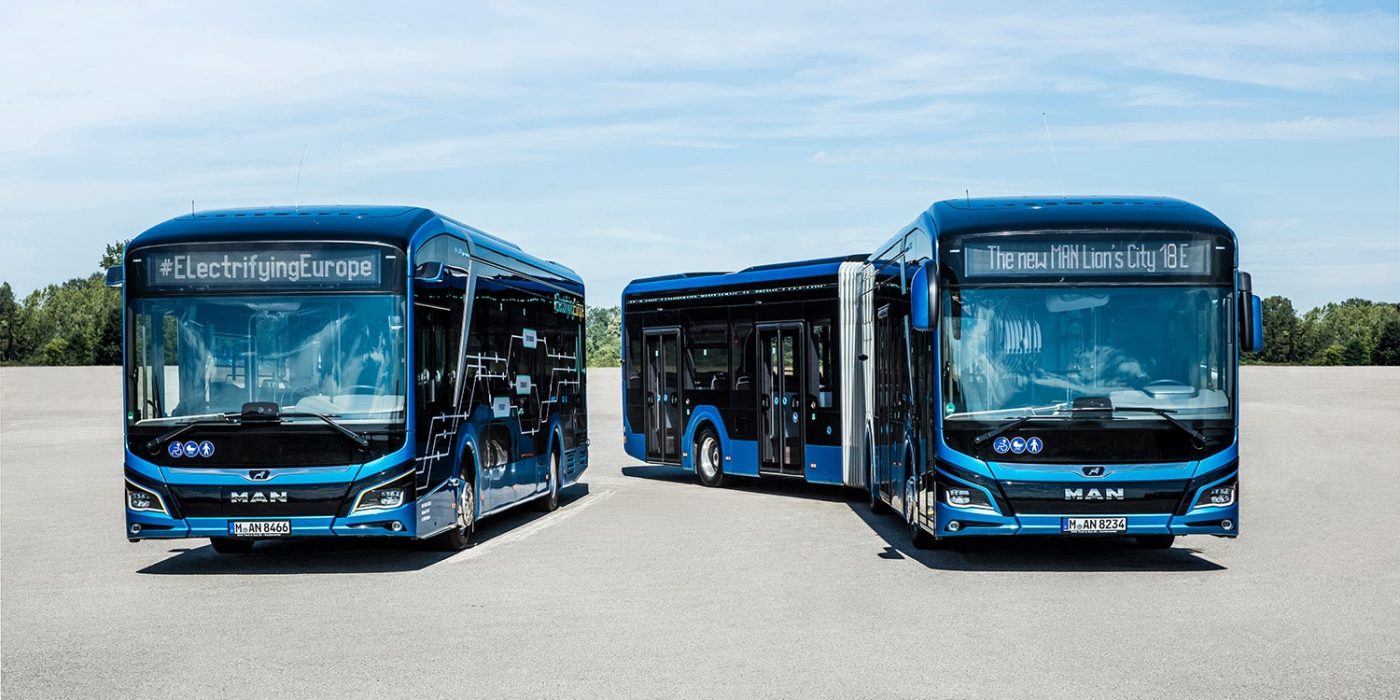
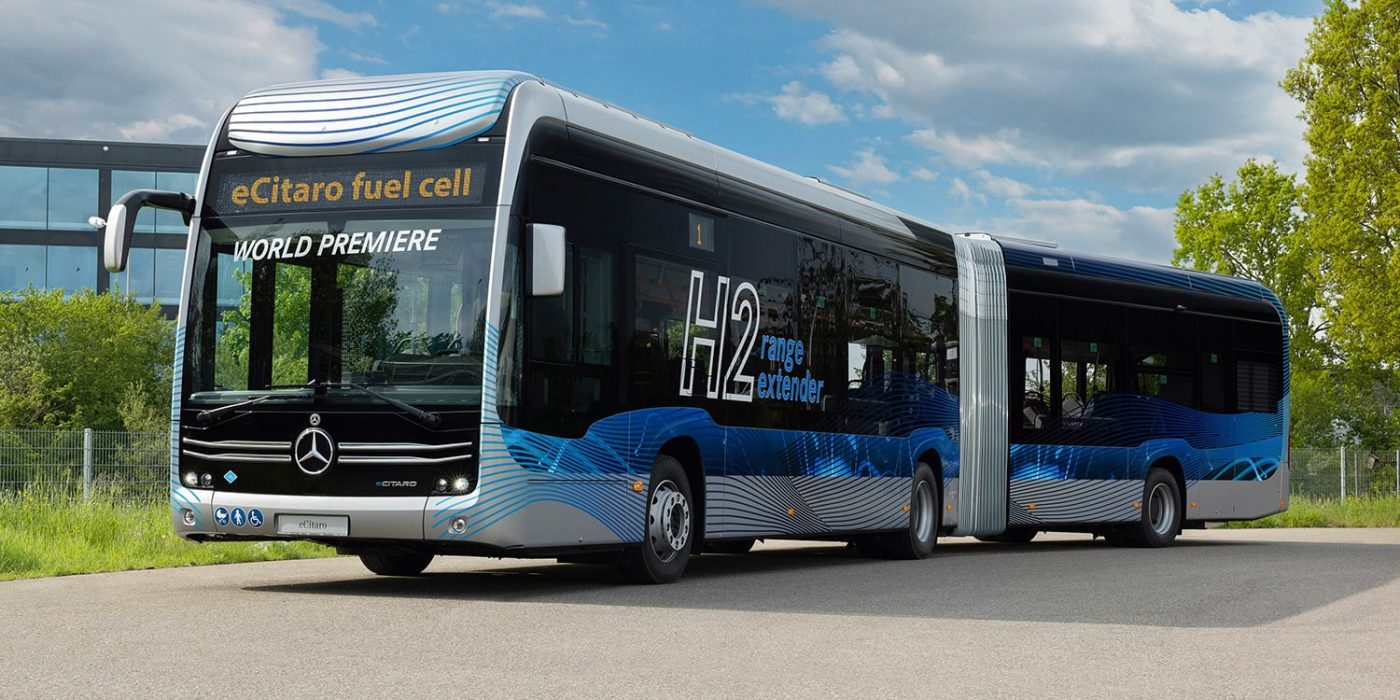
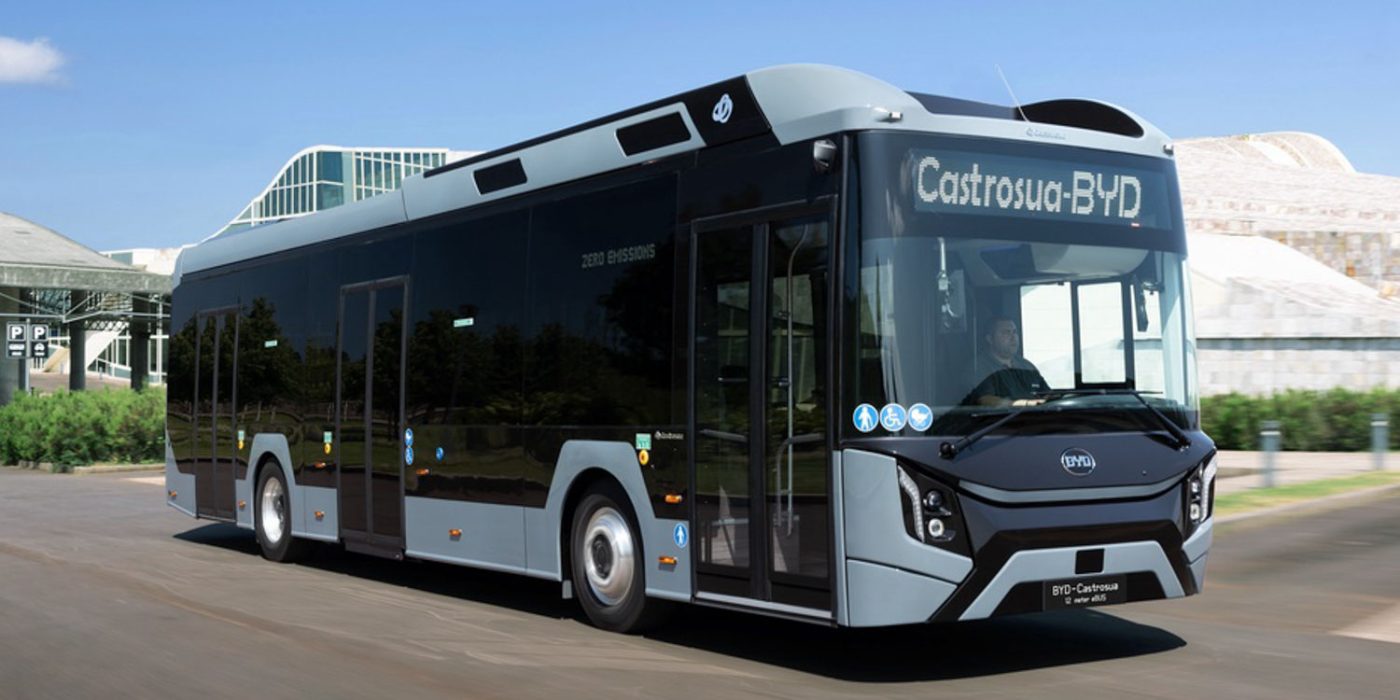
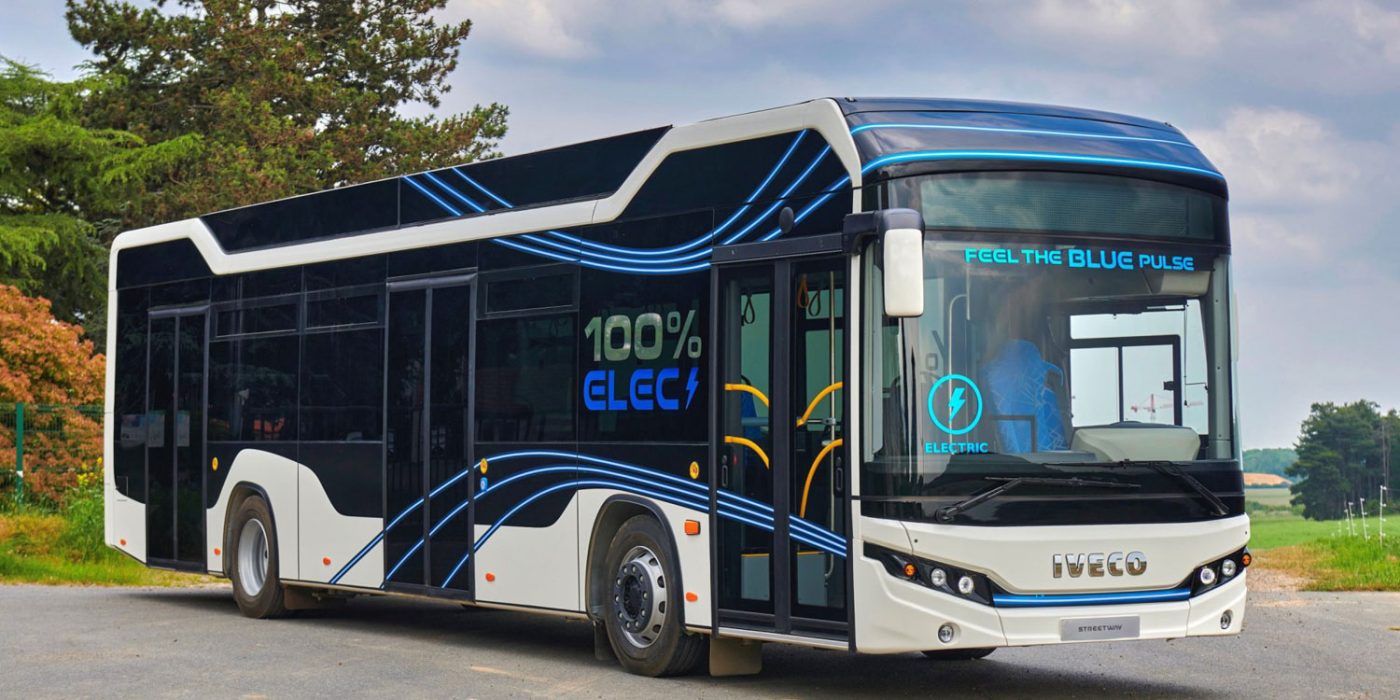
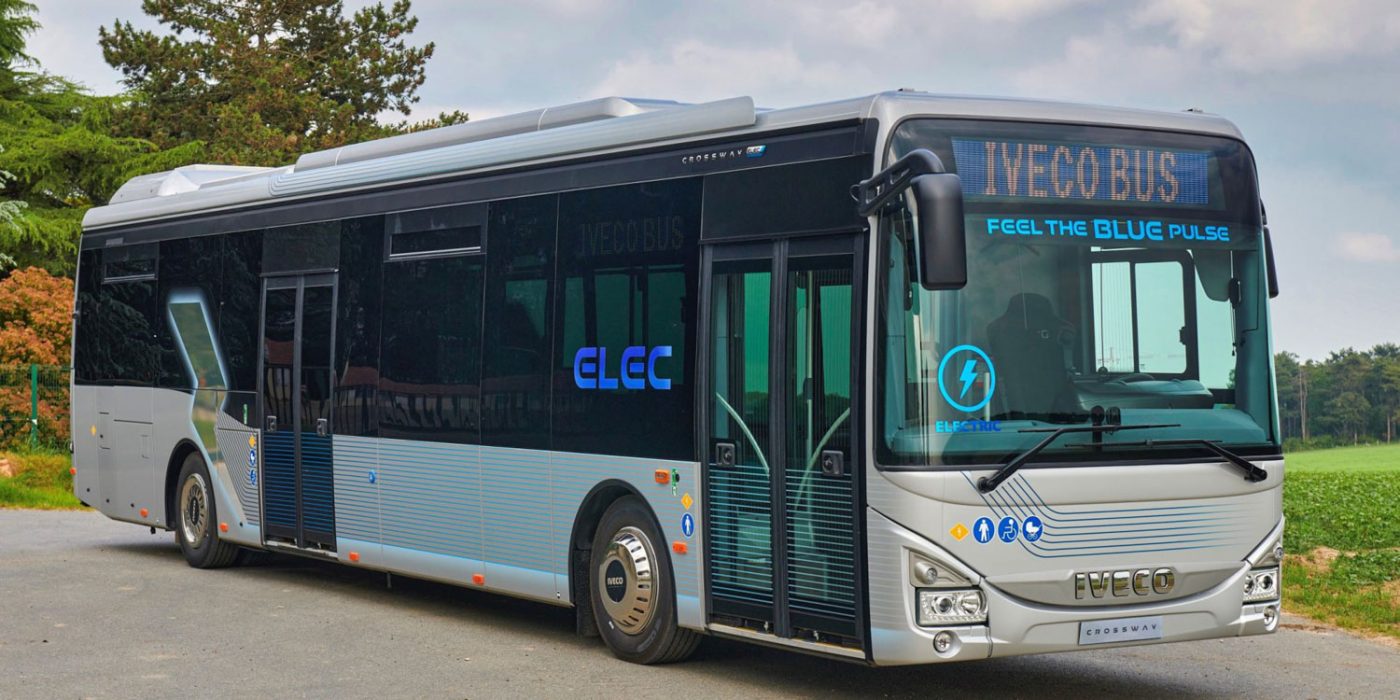
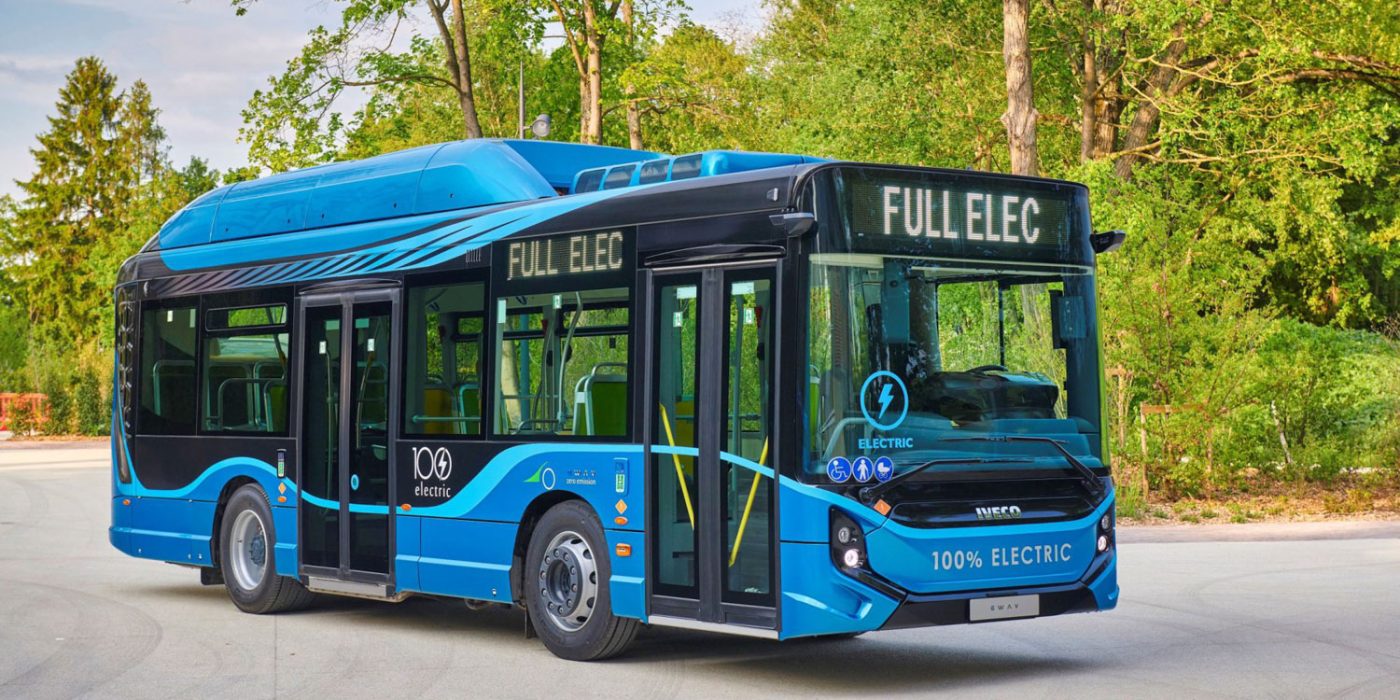
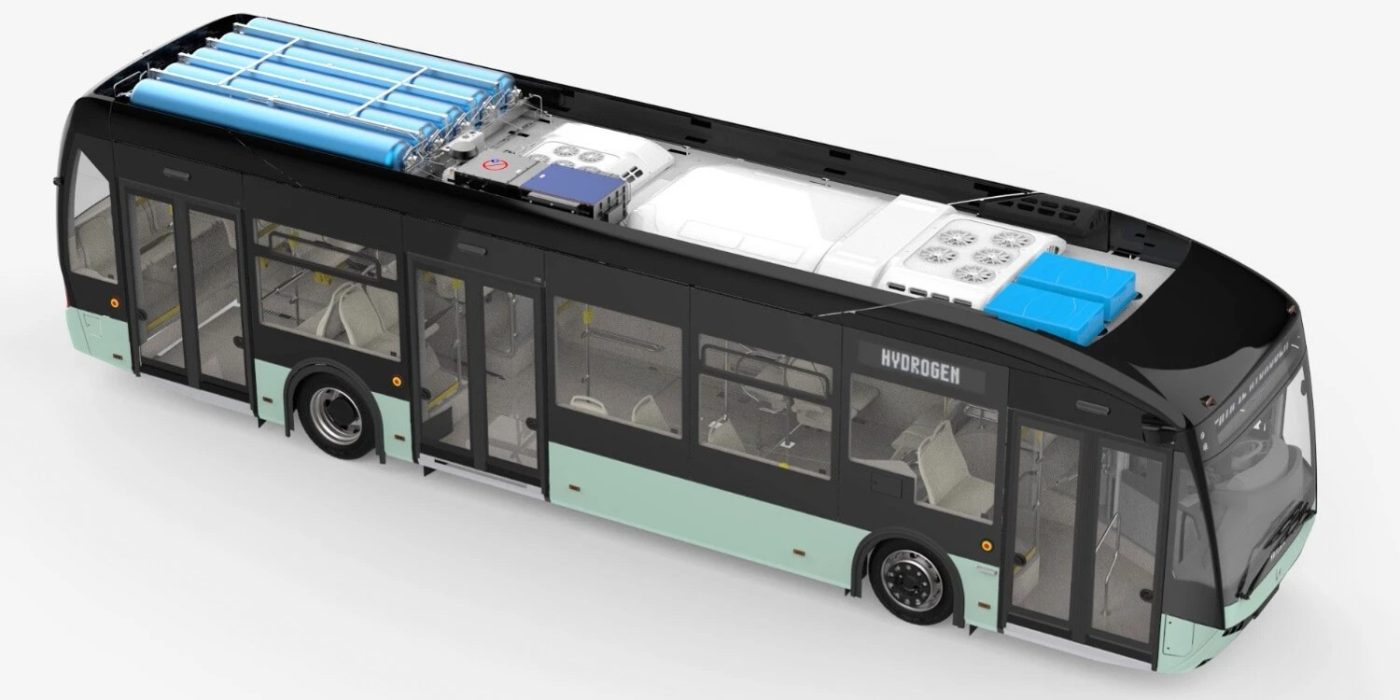
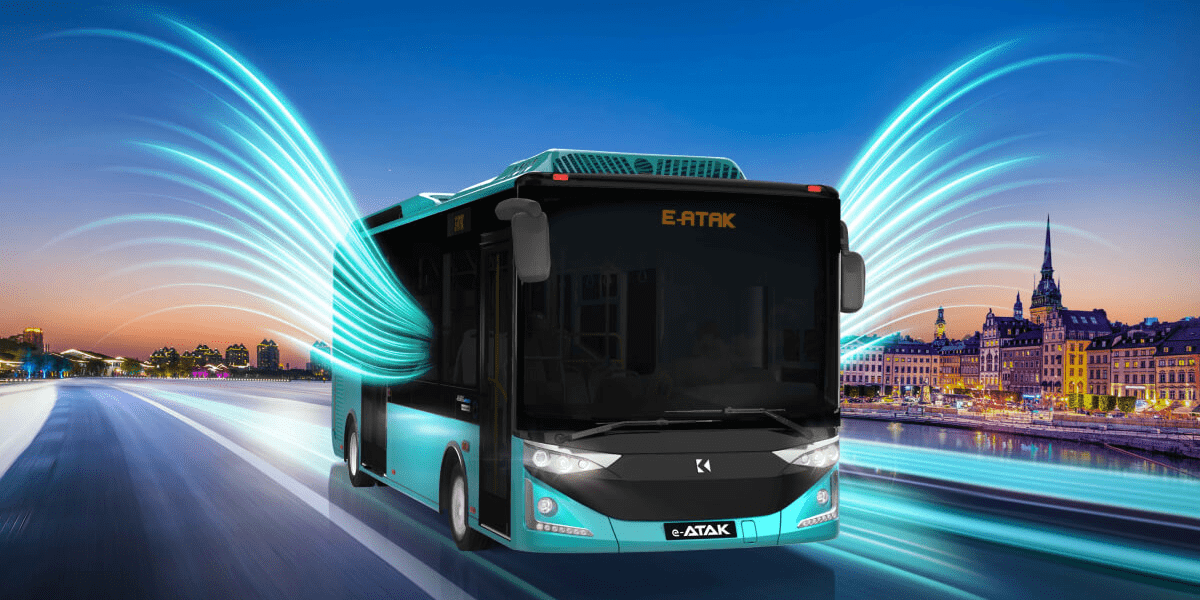
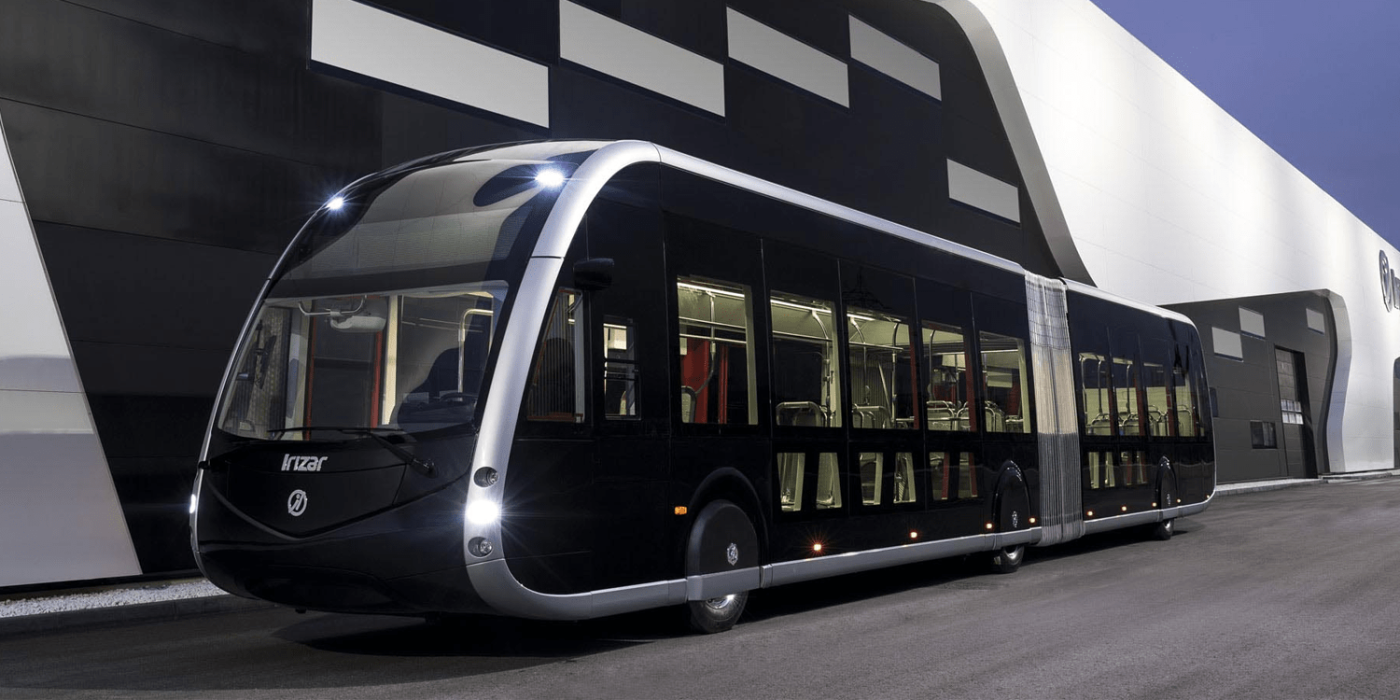
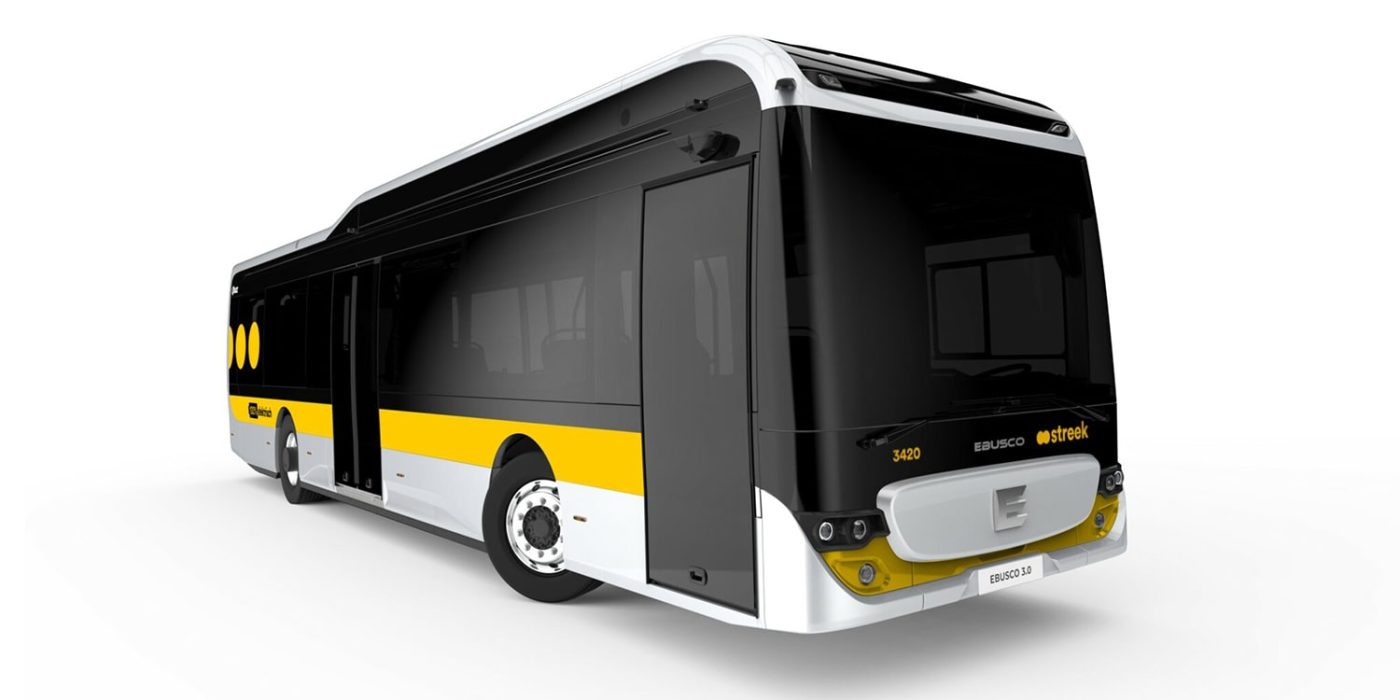
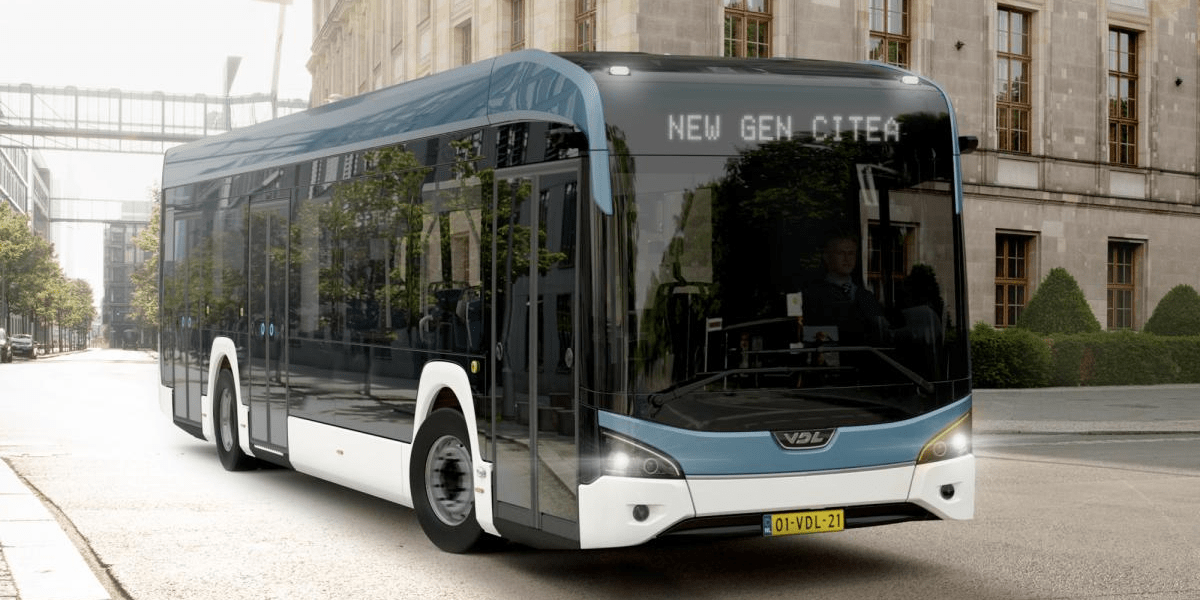
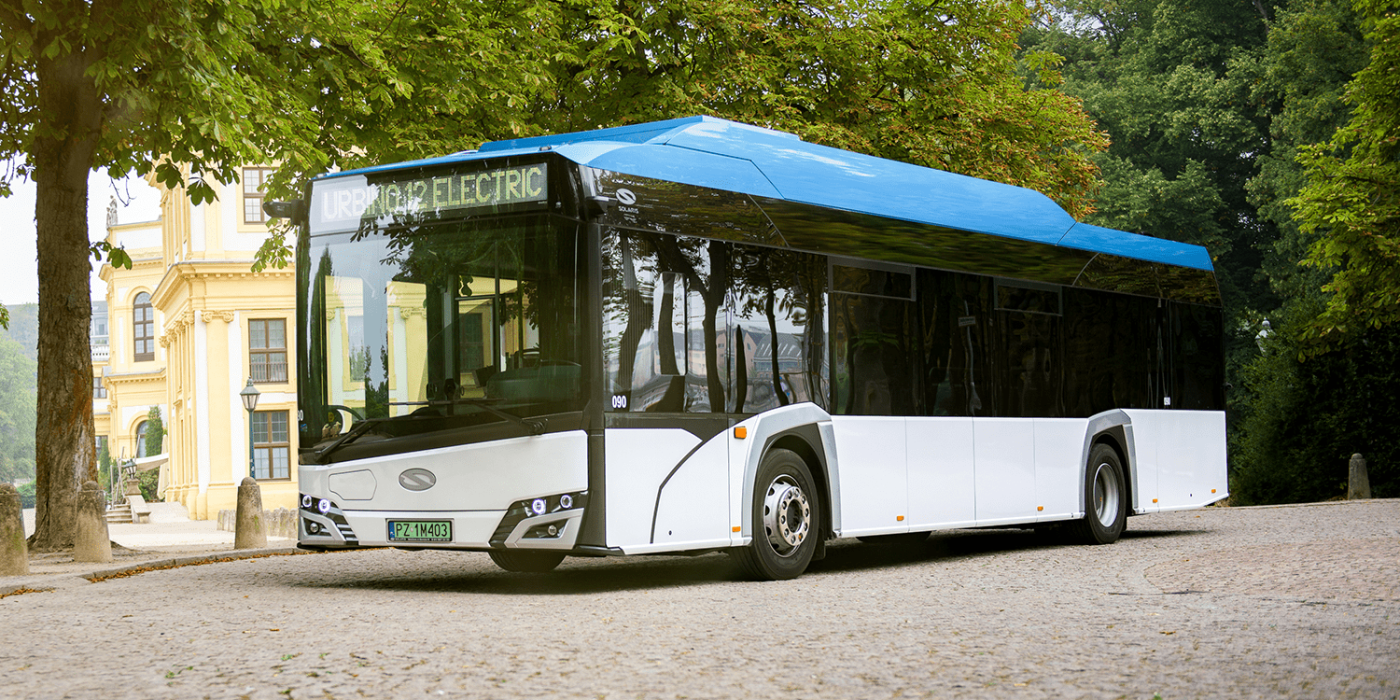
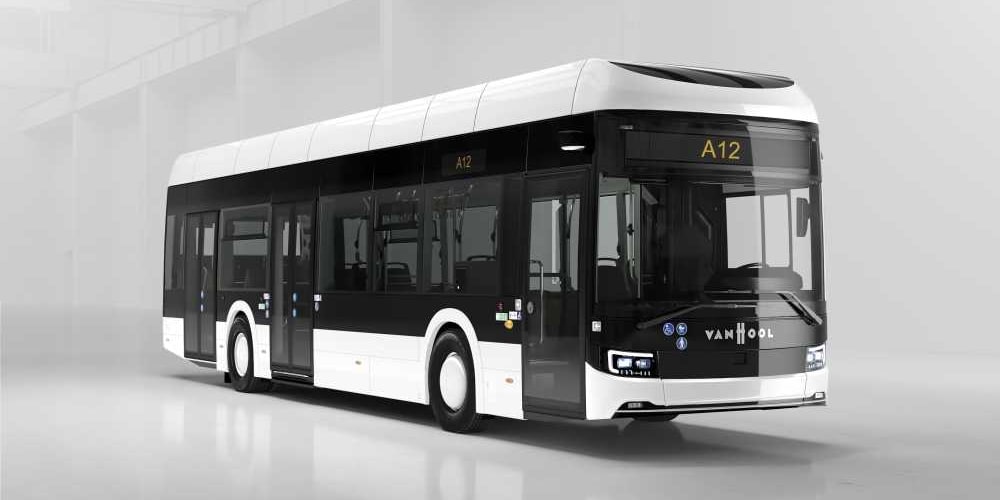
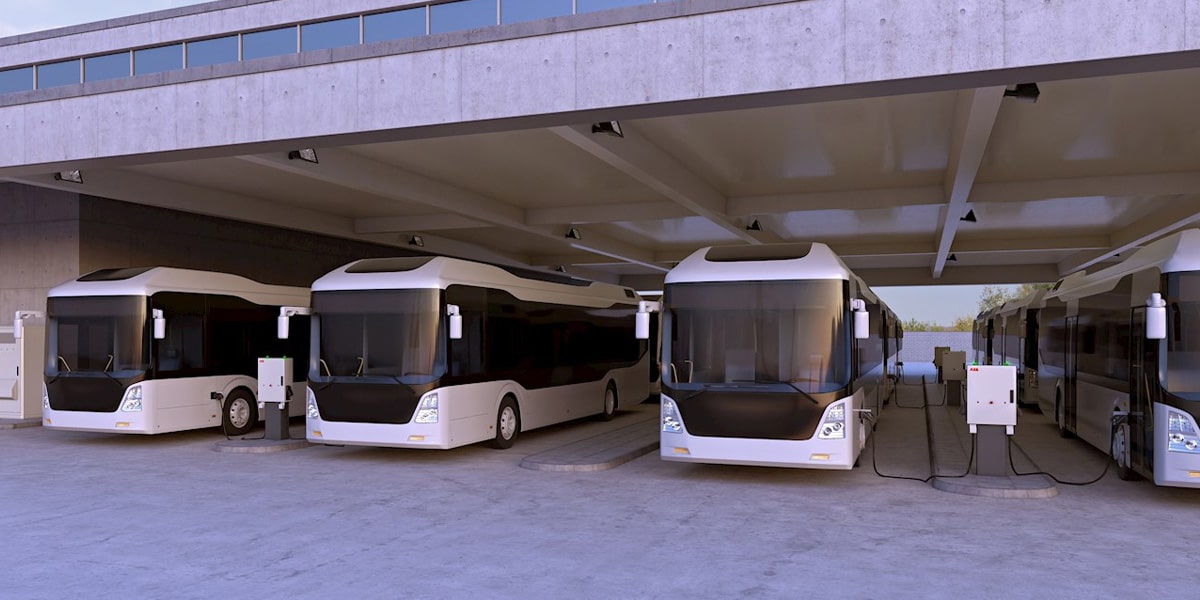
Iveco Bus also focused on its new electric variants in Barcelona, which the Italian manufacturer had recently unveiled at an event in Paris. In the exhibition hall, they showcased the 13-meter-long Crossway LE Elec and the revised E-Way in its smallest version (9.5 meters). Iveco offers the Crossway LE Elec in a 12-meter length as a city bus (Class 1 certification) or in a 13-meter length as a Class 2 certified bus for intercity travel. The latter is available with 416 and 485 kWh battery capacity. The company presented the updated version of the E-Way, which now features batteries from a different manufacturer. Although not present in Barcelona, Iveco recently announced an electric version of the Streetway.
These were the most significant premieres at the event. Many other established manufacturers also showcased their well-known electric models of the current generation. Among them was Turkish bus builder Karsan, which showcased various versions of its e-Atak model alongside the e-Jest minibus. This included the hydrogen-powered variant, the e-Ata Hydrogen, unveiled at last year’s IAA.
In front of the local audience, Irizar also showcased its established ie tram city bus model in both the 12-meter and 18-meter versions. Dutch company Ebusco was present with both the Ebusco 2.2 and the Ebusco 3.0. VDL brought a 12-meter Citea Electric from the new generation, while Solaris presented its popular 12-meter model, the Urbino 12 electric. Van Hool displayed the A12 model, available in battery-electric and hydrogen-electric versions. Other smaller OEMs also had electric buses on display, although this list is not exhaustive.
Among the suppliers, ABB and ZF introduced innovations. ABB E-Mobility showcased a new depot charging solution for electric bus and truck fleets called HVC360. This solution allows up to four charging stations to be connected to a switchboard, providing a continuous charging power of up to 360 kW.
The German ZF Group highlighted its dual electric central drive system, CeTrax 2, for buses in Barcelona. This system is designed to facilitate steeper inclines and challenging topographies. It delivers a continuous power output of 360 kW and a torque of 13,680 Nm. ZF has been producing the CeTrax electric drive for heavy-duty commercial vehicles since 2020. In mid-2022, the company announced plans to introduce the next generation of this electric drive system. The series production of the CeTrax 2 drive, in collaboration with a global vehicle manufacturer, is scheduled to begin later this year.
>> Reporting by Cora Werwitzke.

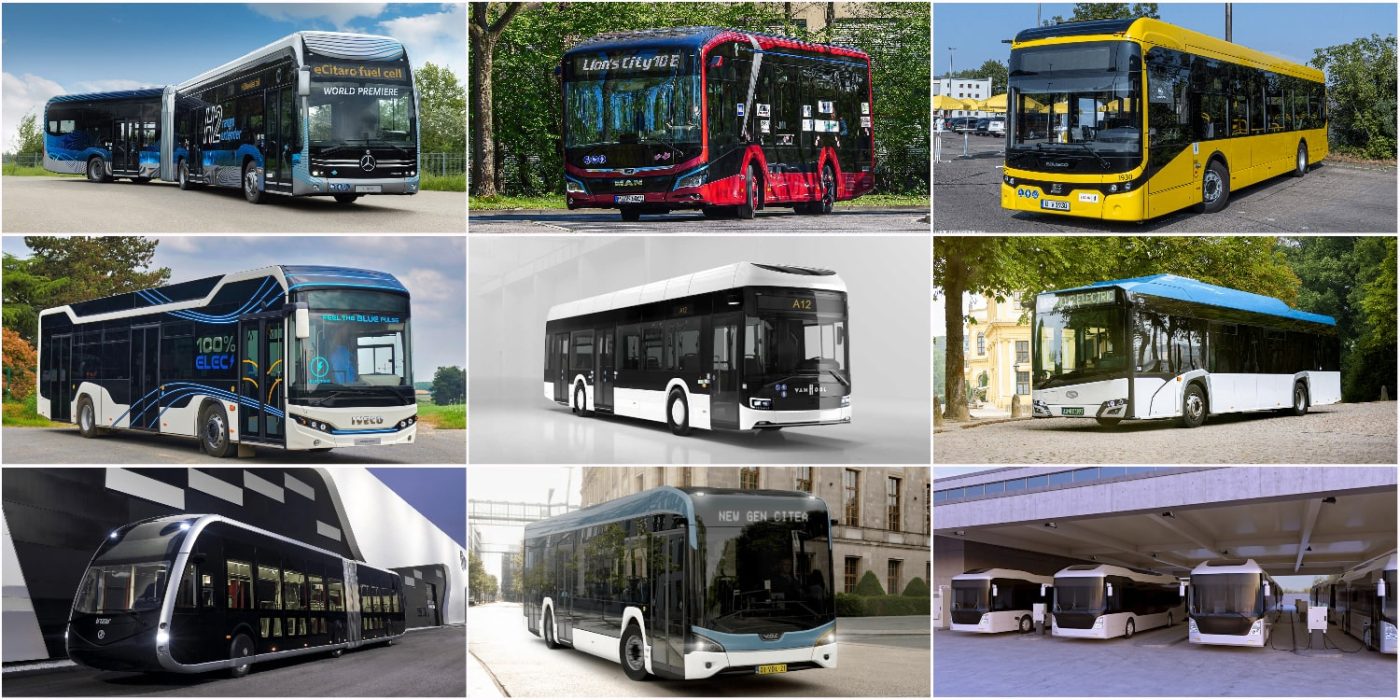
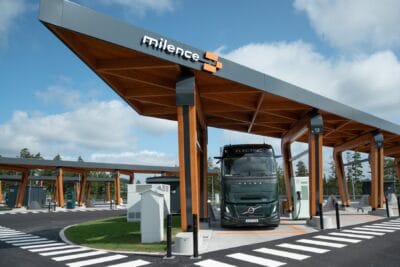
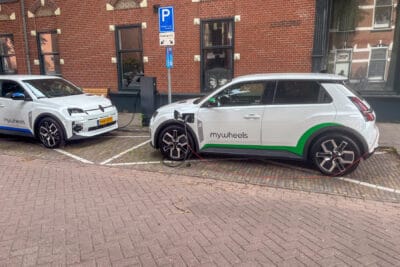
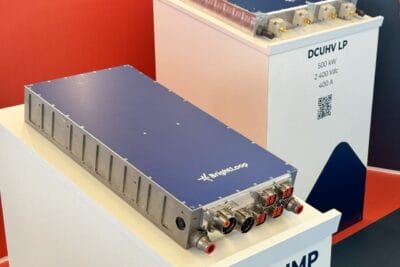
0 Comments